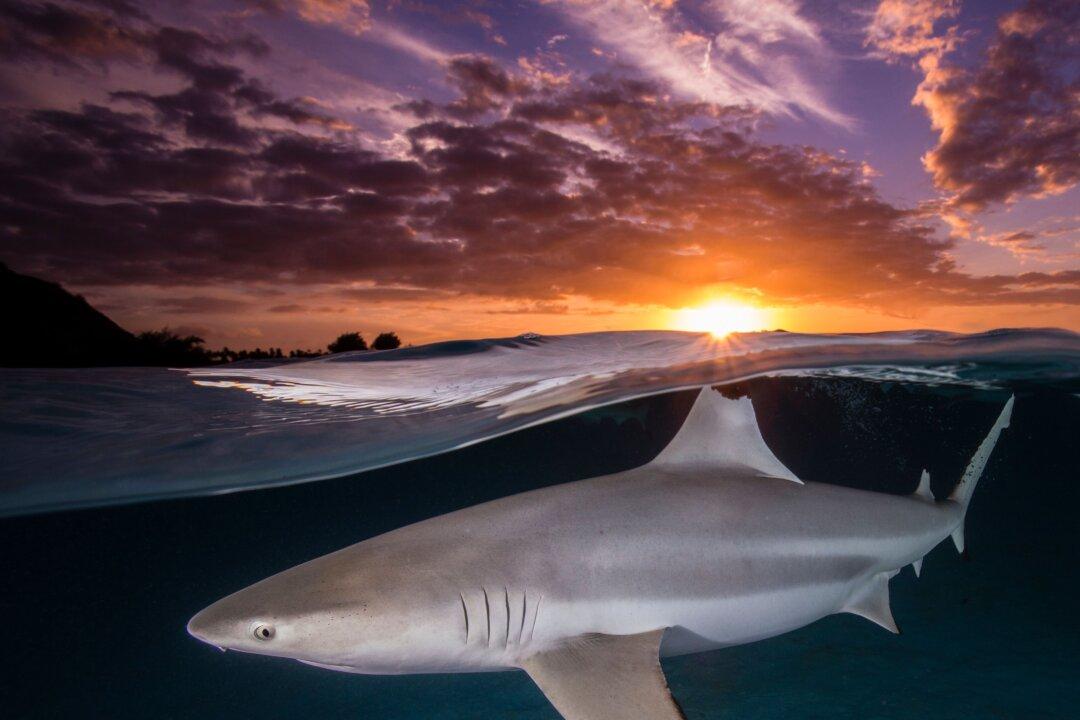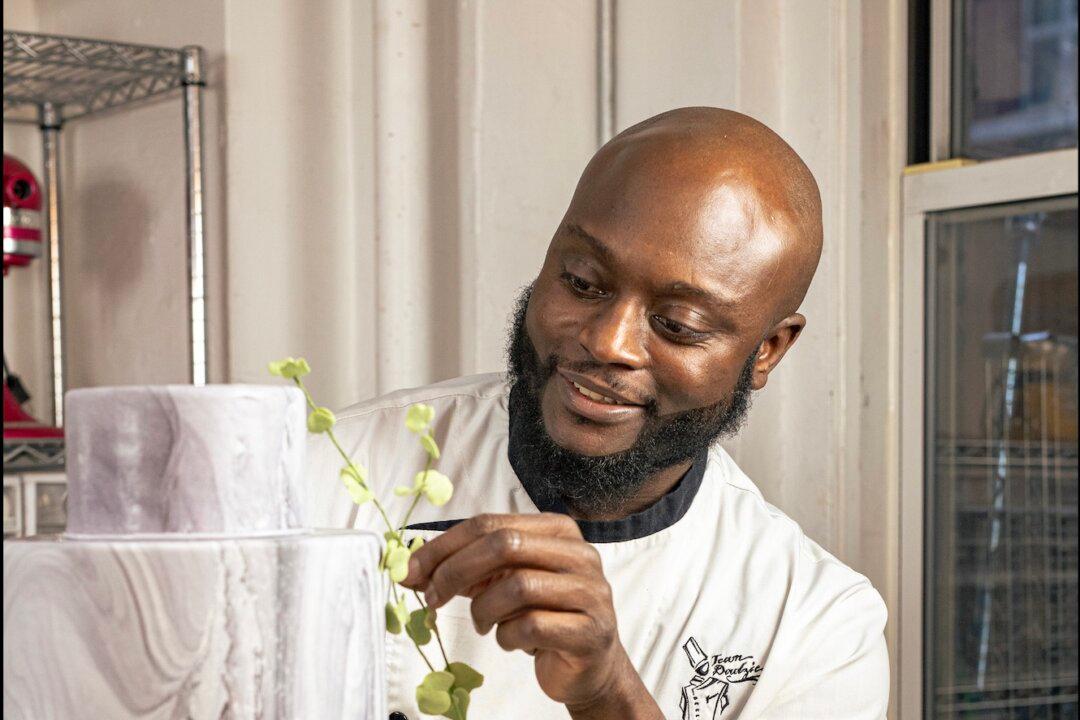In the balmy waters of the South Pacific, marine conservationist, ocean photographer, and diver Renee Capozzola drifts gently through the blue. She’s waiting for something to cross her path, whether it be ambling sharks, sage sea turtles, or even a looming whale. Life in the ocean, after all, is always just around the corner—or rather, just around the coral fringe.
In September, Capozzola was honored with the first ever Female Fifty Fathoms (FFF) Award, a distinction created by a recent partnership among Oceanographic Magazine, organizers of the Ocean Photography Awards, and Swiss luxury watch manufacturer Blancpain. Capozzola was chosen out of 100 nominees as the female photographer who best embodies hope and inspiration in marine conservation. The shutterbug wasn’t always capturing our finned neighbors, but the ocean holds a treasured place in Capozzola’s heart. A So-Cal native, Capozzola was plenty used to sand between her toes when her parents started taking her to Hawaii on work trips. Capozzola fell in love with the archipelago’s luscious green ecosystems, but she didn’t officially don scuba gear until a 2004 trip to Maui.
Despite her growing interest in diving, Capozzola still hadn’t picked up a camera. That came later, when the diver wanted to share what she was experiencing with others. A longtime artist, she knew plenty about color and composition, but she needed hours of research, reading, and picking experts’ brains to teach herself the technical aspects of photography.
“It was more of a casual hobby at first, to take pictures and share them with my family and friends,” Capozzola said, recalling how she used to take images with the simplest of setups: a compact point-and-shoot, no fancy flashes or lenses. “[I wanted] to show them what I was seeing underwater because everything was so amazing.”
By 2016, Capozzola upgraded to professional-grade equipment and embraced her career trajectory change. Since then, she’s been featured in Ocean Geographic, National Wildlife Magazine, and Scuba Diving Magazine. Earlier this year, Capozzola was the first American and first woman named Underwater Photographer of the Year 2021 by the UK-based Underwater Photographer of the Year competition, and she was dubbed the USA Photographer of the Year by the 2019 World Shootout.
A Love for Marine Life That Runs Ocean-Deep
Lounging with sharks and sea turtles is not what Capozzola pictured for herself a decade ago. But as a self-proclaimed animal lover and seeker of adventure, she feels quite at home bobbing in the waters off the French Polynesian shore, waiting for one of the underwater beasts to cross her path. The ocean is where Capozzola finds her peace. Maybe it’s the heavy underwater silence, or the in-no-hurry way that many sea creatures meander around, or how the waves and currents play with the sunlight. In any case, the ocean is where she goes to let her stresses dissolve away.
Capozzola is fond of sea turtles, even-tempered creatures used to the presence of divers. She and the turtles have been up-close and personal, even once capturing a rare image of turtles in mating after a long wait for the creatures to surface. The shot was taken half underwater and half above, a tough frame to secure because the turtles could move in a split second.
“I think that was one of my favorite encounters because, number one, I wasn’t expecting the behavior. It’s very rare to actually witness. And then, I decided to go with the tougher shot, and was able to pull it off.”
Sharks are also one of the photographer’s greatest muses. They’re more complex than a toothy, flint-eyed movie trope, are far less likely to attack boats than certain Hollywood story lines suggest, and are just as deserving of protection as their more widely-beloved counterparts. Many would argue that cozying up to an animal whose reputation largely consists of maulings and murders is risky, especially for a vulnerable human laden with diving gear and photography equipment. While she’s certainly not advocating for jumping into water infested with great whites, sharks are the least of Capozzola’s worries. In her first encounter with a shark, Capozzola attempted to take a picture of it resting in the sand. Afraid, the shark swam away.
“Sharks, I think, are often misunderstood by the public. I think this is mainly due to the media and movies like ‘Jaws,’ where they’re portrayed as these really dangerous man-eaters. What I try to do with my pictures is to change that negative perception and show sharks to the public in a positive light.”





